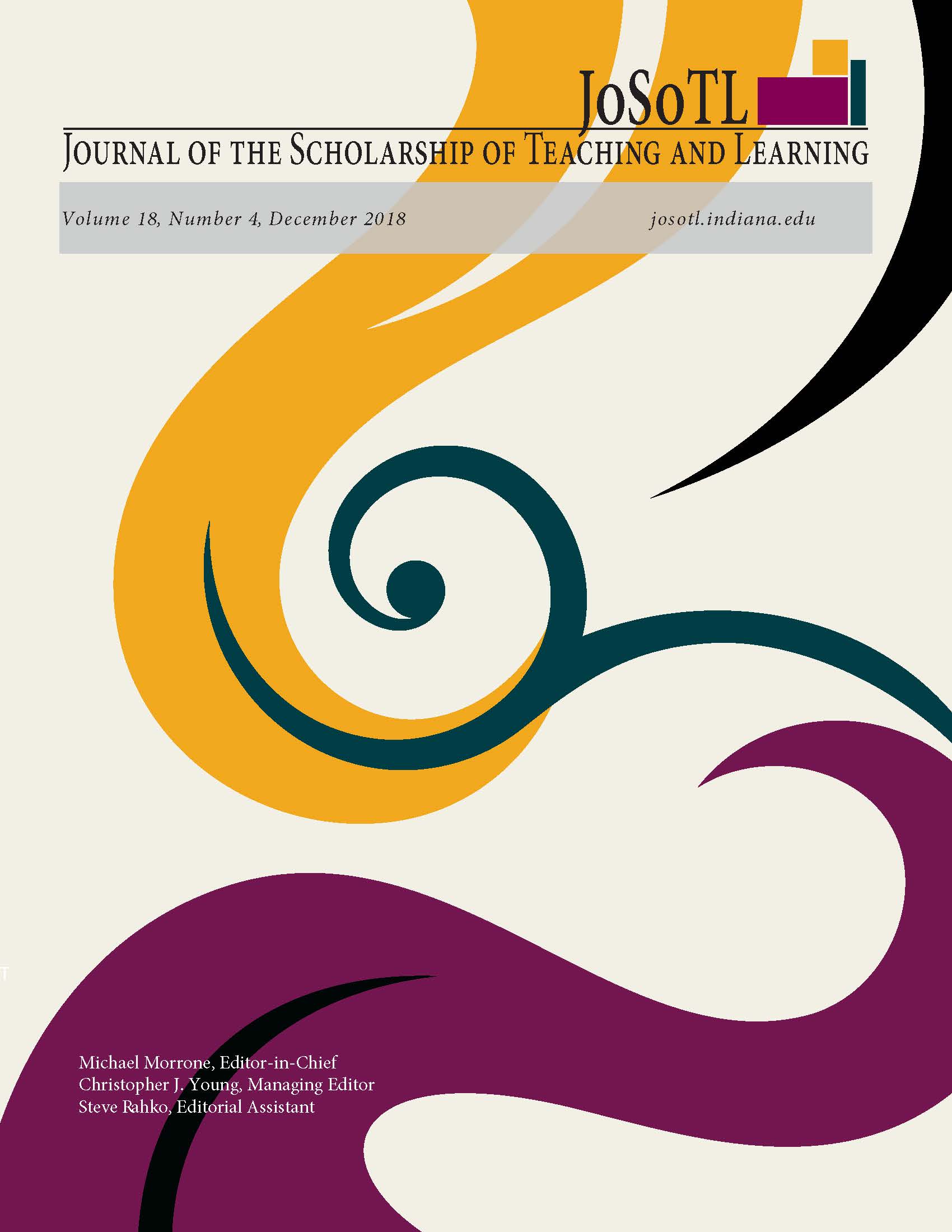Curriculum Setting and Pre-Clinical Dental Students' Stress Level
Main Article Content
Abstract
Objectives: The first two years of Dental School are commonly known to be the most stressful in a student’s academic career. Very few studies, however, consider both the pressures of dental school and their causes. In order to understand the relationship between the curriculum and its stressful effects it has on the first (D1) and second-year (D2) dental students, a cross-sectional study was performed at the University of New England College of Dental Medicine (UNE-CDM) during the fall and spring semesters of the 2015-2016 academic year. Methods: 64 D1 and 63 D2 dental students were asked to voluntarily complete an anonymous 27-question survey regarding demographic characteristics and the curriculum-related stressors. Researchers utilized the modified Dental Environment Scale (DES) to rate the stress levels. Results: This study revealed that the D2 students felt more stress than the D1 students overall. D2 students experienced more anxiety in their Spring semester of their second year. In general, students who lived with their immediate family felt less stress. Students twenty-five and over experienced less stress than their younger classmates. Conclusions: The study provided valuable information about the current structure of the curriculum at a newly established dental school. This study could provide insight into curriculum-related stress among pre-clinical dental students, which could guide dental schools in making curricular changes that help alleviate stressors during particularly stressful semesters. Furthermore, the outcomes of this project could provide dental schools the information necessary to develop student support programs to help balance students’ lives and intense course loads.
Downloads
Article Details
- Authors retain copyright and grant the Journal of the Scholarship of Teaching and Learning (JoSoTL) right of first publication with the work simultaneously licensed under a Creative Commons Attribution License, (CC-BY) 4.0 International, allowing others to share the work with proper acknowledgement and citation of the work's authorship and initial publication in the Journal of the Scholarship of Teaching and Learning.
- Authors are able to enter separate, additional contractual agreements for the non-exclusive distribution of the journal's published version of the work (e.g., post it to an institutional repository or publish it in a book), with an acknowledgement of its initial publication in the Journal of the Scholarship of Teaching and Learning.
- In pursuit of manuscripts of the highest quality, multiple opportunities for mentoring, and greater reach and citation of JoSoTL publications, JoSoTL encourages authors to share their drafts to seek feedback from relevant communities unless the manuscript is already under review or in the publication queue after being accepted. In other words, to be eligible for publication in JoSoTL, manuscripts should not be shared publicly (e.g., online), while under review (after being initially submitted, or after being revised and resubmitted for reconsideration), or upon notice of acceptance and before publication. Once published, authors are strongly encouraged to share the published version widely, with an acknowledgement of its initial publication in the Journal of the Scholarship of Teaching and Learning.
References
Al-Sowygh, Z. H. Academic distress, perceived stress and coping strategies among dental students in Saudi Arabia. The Saudi dental journal. 2013; 25(3): 97-105.
Alzahem, A. M., Van der Molen, H. T., Alaujan, A. H., Schmidt, H. G., & Zamakhshary, M. H. Stress amongst dental students: a systematic review. European Journal of Dental Education. 2011; 15(1): 8-18.
Cohen, S., & Wills, T. A. Stress, social support, and the buffering hypothesis. Psychological bulletin. 1985; 98(2): 310.
Divaris, K., Polychronopoulou, A., Taoufik, K., Katsaros, C., & Eliades, T. Stress and burnout in postgraduate dental education. European Journal of Dental Education. 2012; 16(1): 35-42.
Garbee, W. H., Zucker, S. B., & Selby, G. R. Perceived sources of stress among dental students. The Journal of the American Dental Association. 1980; 100(6): 853-857.
Goldstein, M. B. Interpersonal support and coping among first-year dental students. Journal of dental education. 1980; 44(4): 202-205.
Grandy, T. G., Westerman, G. H., Lupo, J. V., & Combs, C. G. Stress symptoms among third-year dental students. Journal of dental education.1988; 52(5), 245-249.
Hoad-Reddick, G., & Potter, S. The integration of counselling with tutorial support for dental students. International Journal of Health Promotion and Education. 2003; 41(4): 101-107.
Lin, Nan, and Walter M. Ensel. "Life stress and health: Stressors and resources." American Sociological Review. 1989; 382-399.
Morse, Z., & Dravo, U. Stress levels of dental students at the Fiji School of Medicine. European Journal of Dental Education. 2007; 11(2): 99-103.
Muirhead, V., & Locker, D. Canadian dental students’ perceptions of stress and social support. European journal of dental education. 2008; 12(3): 144-148.
Newton, J. T., Baghaienaini, F., Goodwin, S. R., Invest, J., Lubbock, M., & Marouf, S. N. Stress in dental school: a survey of students. Dental update. 1994; 21(4): 162-164.
Peretz, B., Rosenblum, A., & Zadik, D. Stress levels and related variables among dental students in Jerusalem, Israel. European Journal of Dental Education. 1997;1(4): 162-166.
Rajab, L. D. (2001). Perceived sources of stress among dental students at the University of Jordan. Journal of dental education. 2001;65(3), 232-241.
Sanders, A. E., & Lushington, K. Sources ofstress for Australian dentalstudents. Journal of dental education. 1999; 63(9): 688-697.
Sanders, Anne E., and Kurt Lushington. "Effect of perceived stress on student performance in dental school." Journal of dental education 66.1 (2002): 75-81.
Sekhon, T. S., Grewal, S., Gambhir, R. S., & Sharma, S. Perceived sources of stress among dental college students: An Indian perspective. European Journal of General Dentistry. 2015; 4(3): 121.
Silverstein, S. T., & Kritz-Silverstein, D. A longitudinalstudy ofstress in first-year dentalstudents. Journal of dental education. 2010; 74(8): 836-848.
Story, Lisa B., and Thomas N. Bradbury. "Understanding marriage and stress: Essential questions and challenges." Clinical psychology review 23.8 (2004): 1139-1162.
Thornton, L. J., Stuart-Buttle, C., Wyszynski, T. C., & Wilson, E. R. Physical and psychosocial stress exposures in US dental schools: the need for expanded ergonomics training. Applied ergonomics. 2004; 35(2): 153-157.
